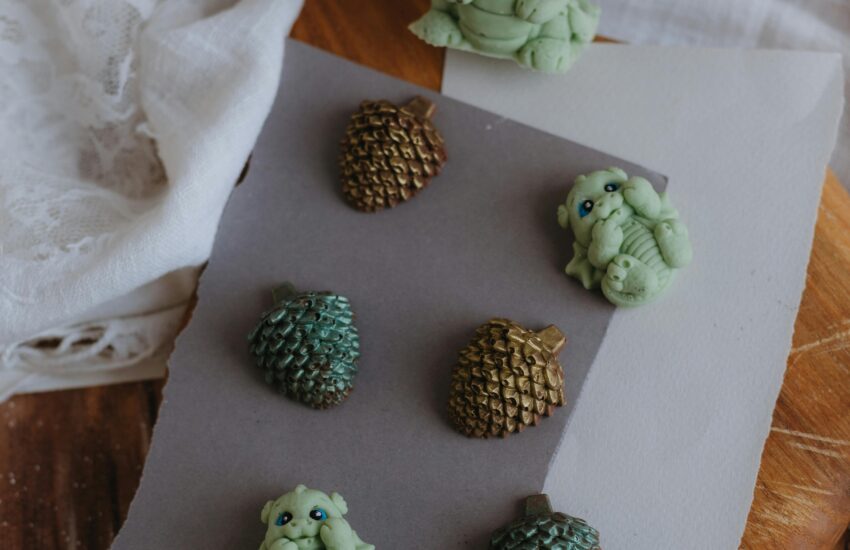DIY Hamster Toys
Creating DIY hamster toys can be a fun and rewarding activity for pet owners. Not only does it provide your furry friend with engaging activities, but it can also save you money. In this article, we will explore various DIY hamster toy ideas, materials you can use, and tips to ensure the toys are safe and enjoyable for your pets. Let’s get started on making some memorable playthings for your hamster!
Understanding the Importance of DIY Hamster Toys
DIY hamster toys are more than just affordable alternatives to store-bought options; they significantly contribute to your pet’s well-being. Hamsters are naturally active and curious creatures that require stimulation to stay healthy and happy. Engaging them with toys promotes exercise, reduces boredom, and can even alleviate stress. Crafting toys yourself allows you to customize them to better suit your hamster’s preferences and behaviors. This personalization can lead to much more interest and interaction, creating a positive environment.
Benefits of Homemade Toys
When you create your own hamster toys, you have complete control over the materials used. This means you can ensure that everything is safe and non-toxic. Common materials for DIY toys include cardboard, wood, and fabric, all of which can be found around the house or easily purchased. Moreover, DIY toys are often more affordable compared to store-bought toys, allowing you to experiment with different designs without breaking the bank.

Choosing Safe Materials
Safety is a primary concern when crafting toys for your hamster. It’s crucial to avoid any materials that may break easily or contain harmful chemicals. Opt for untreated wood, which is sturdy and safe for chewing, and ensure that any paints or adhesives used are non-toxic. Always inspect the final product for any small pieces that could pose a choking hazard before introducing the toy to your pet.
Fun DIY Toy Ideas for Hamsters
Now that we understand the importance and safety measures, let’s explore some creative DIY hamster toy ideas that will keep your furry friend entertained for hours! Each project can typically be completed with minimal effort and materials you likely have at home.
Cardboard Tube Tunnels
Cardboard tubes, like those from paper towel rolls, make fantastic tunnels for hamsters. Simply cut the tubes into various lengths and connect them to create a network of tunnels. You can even place some treats inside to encourage exploration and activity. This encourages your hamster’s natural instinct to burrow and explore, stimulating both their mind and body.
Homemade Chew Toys
A simple yet effective chew toy can be made from untreated wood sticks or branches. Cut them into appropriate sizes and allow your hamster to gnaw at them. Not only does this satisfy their natural urge to chew, but it also helps keep their teeth healthy. You can enhance these toys by tying them with natural fibers or adding a little peanut butter to entice your hamster further.

Engaging Hamster Activities with DIY Toys
Once you’ve created your DIY hamster toys, think of additional activities to engage your pet. The way these toys are used can provide further mental stimulation. Combining various toys and rearranging them regularly can keep your hamster’s environment interesting and reduce the risk of boredom. Here are some engaging activities you can incorporate alongside your handmade toys.
Toy Rotation System
Creating a rotation system for toys can keep your hamster excited. While your pet plays with one set of toys, store the others away. After a week, swap them out. This simple technique can make your hamster feel like they have new toys frequently. The new smells and shapes can grab their attention and promote natural curiosity.
Obstacle Course Challenge
Arrange your DIY toys and other household items into an obstacle course. Encourage your hamster to navigate through the course using treats as motivation. This not only provides physical exercise but also challenges their problem-solving skills, which is incredibly beneficial for their cognitive development. Remember to tailor the difficulty and layout to fit your hamster’s capabilities and interests.

Key Takeaways
- DIY hamster toys promote stimulation, exercise, and mental engagement.
- Choosing safe, non-toxic materials is crucial when creating toys.
- Rotating toys and setting up obstacle courses can enhance your hamster’s playtime experience.
- Creating personalized toys can save money while providing tailored entertainment.
FAQ
1. Can I use any type of cardboard for DIY hamster toys?
Not all cardboard is safe for hamsters. It’s best to use plain cardboard without coatings or inks that might contain toxic chemicals. Recycled cardboard from packaging is often a safe choice, as long as you ensure it hasn’t been treated with harmful substances.
2. How often should I rotate my hamster’s toys?
It’s recommended to rotate your hamster’s toys every week or two to keep their environment fresh and exciting. Regularly changing the arrangement and types of toys can prevent boredom and encourage exploration.
3. What materials should I avoid when making hamster toys?
Avoid materials that can splinter, break easily, or contain toxic substances. Items like plastic that could lead to choking hazards or harmful chemicals should be eliminated from your DIY projects.
4. How can I ensure my DIY toys are safe for my hamster?
Always check your finished toys for sharp edges, loose parts, or any items that could impede your hamster’s safety. Additionally, monitor your pet while they play with the new toys to ensure no issues arise.
5. Are store-bought toys better than homemade ones?
Store-bought toys can offer convenience and sometimes unique designs; however, homemade toys allow for customization and assurance of safety. Both options can coexist, providing your hamster with a well-rounded play environment.
